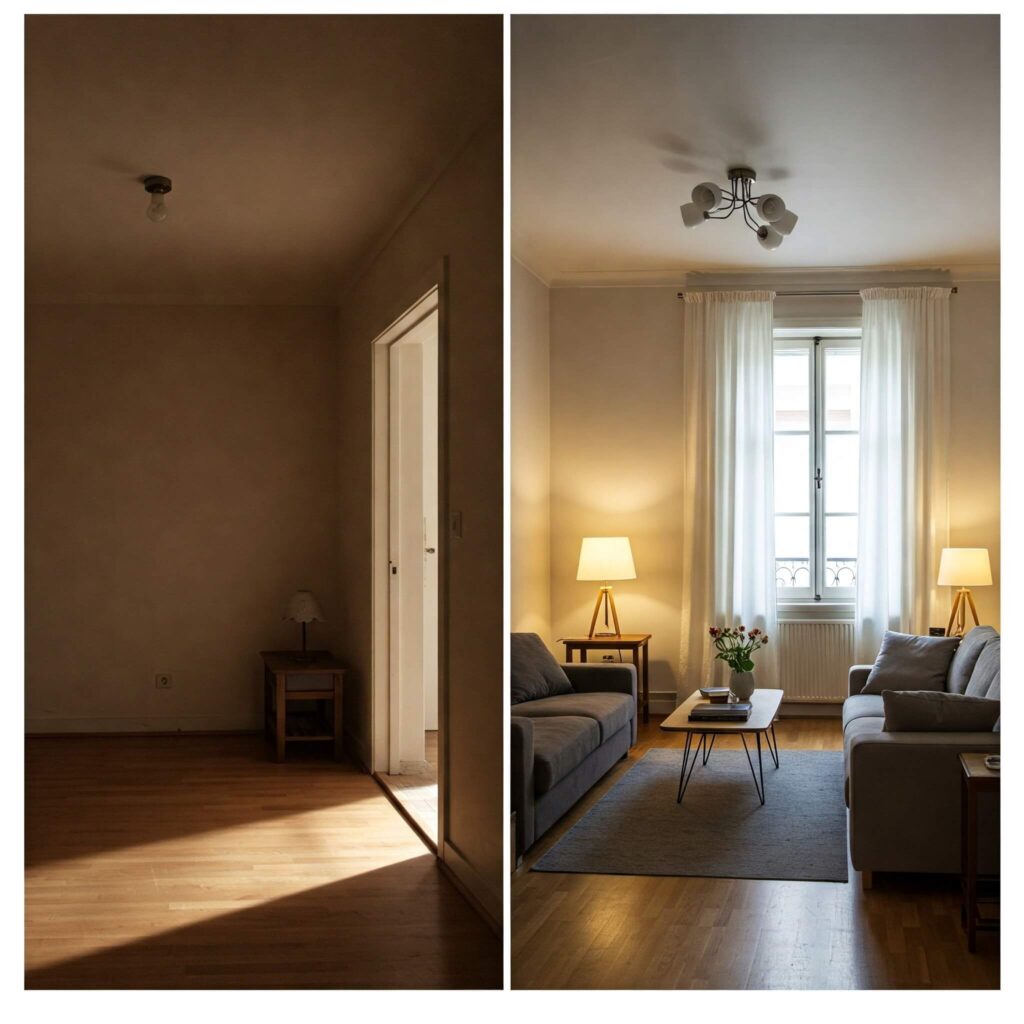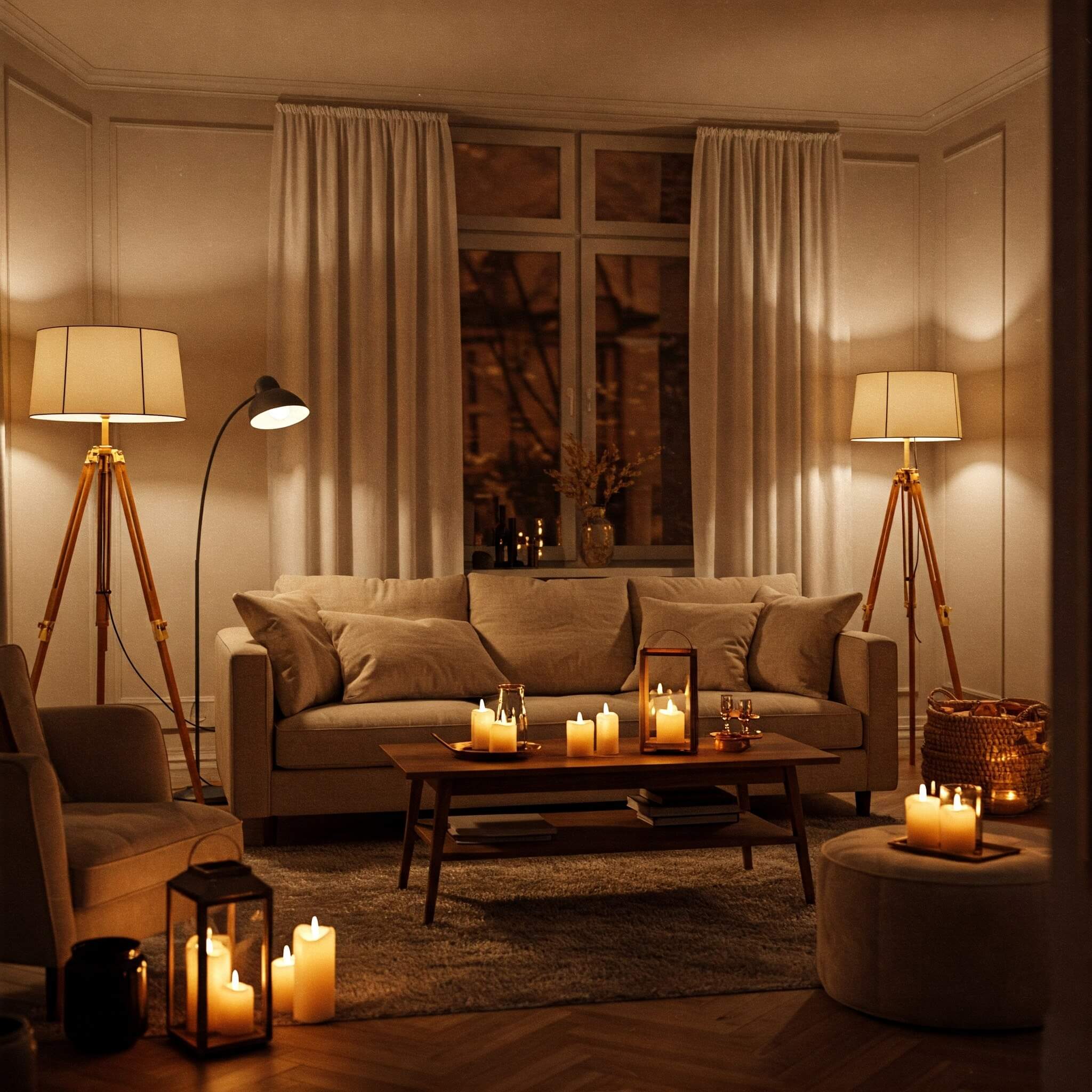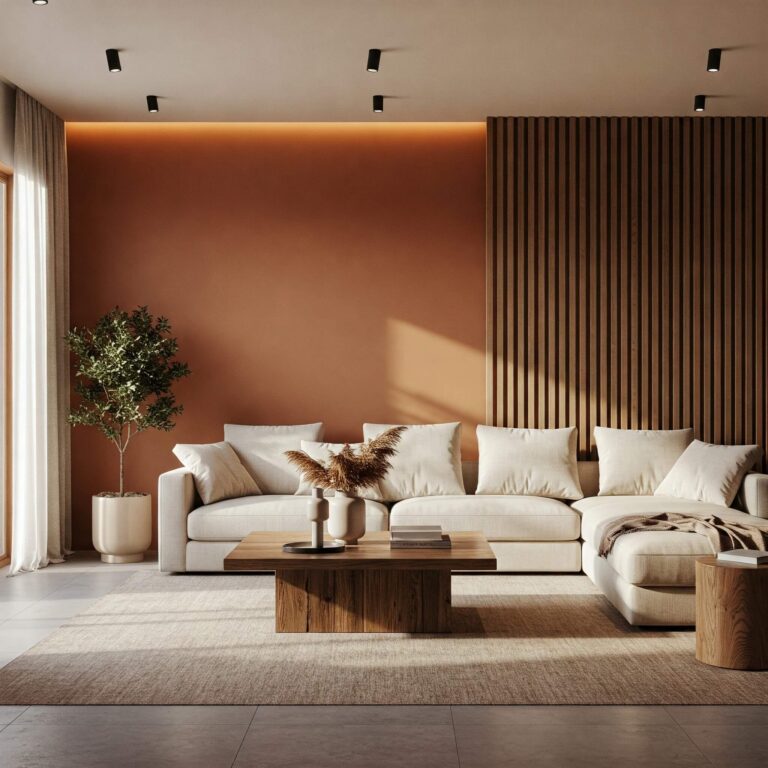How to Choose the Right Lighting for Every Room: A Design Guide That Shines
Lighting can make or break a room. Too harsh, and it feels like a hospital. Too dim, and it’s a cave. Get it just right? Magic. The kind that makes your space feel alive, functional, and—dare we say—expensive. But with endless options (pendants! sconces! chandeliers! floor lamps!), where do you even start?
Here’s the thing: lighting isn’t one-size-fits-all. A kitchen needs brightness for chopping onions without casualties. A bedroom? Soft, flattering glows that won’t ruin your 9 p.m. wind-down. And that awkward hallway? It deserves better than a single, sad bulb.
So let’s cut through the overwhelm. Below, we’re breaking down how to light every room like a pro—mixing function, mood, and a little drama.
1. The Living Room: Layer Like You Mean It
This is where you Netflix, host, and occasionally nap. Lighting here should be flexible, flattering, and far from boring.
The formula:
- Ambient lighting (the base layer): A dimmable ceiling fixture or track lighting.
- Task lighting (for function): Floor lamps by reading nooks, table lamps on consoles.
- Accent lighting (the drama): Wall sconces to highlight art, or LED strips behind shelves.
Pro tip: Skip the overhead-only approach—it’s the fastest way to make a room feel like a cafeteria.
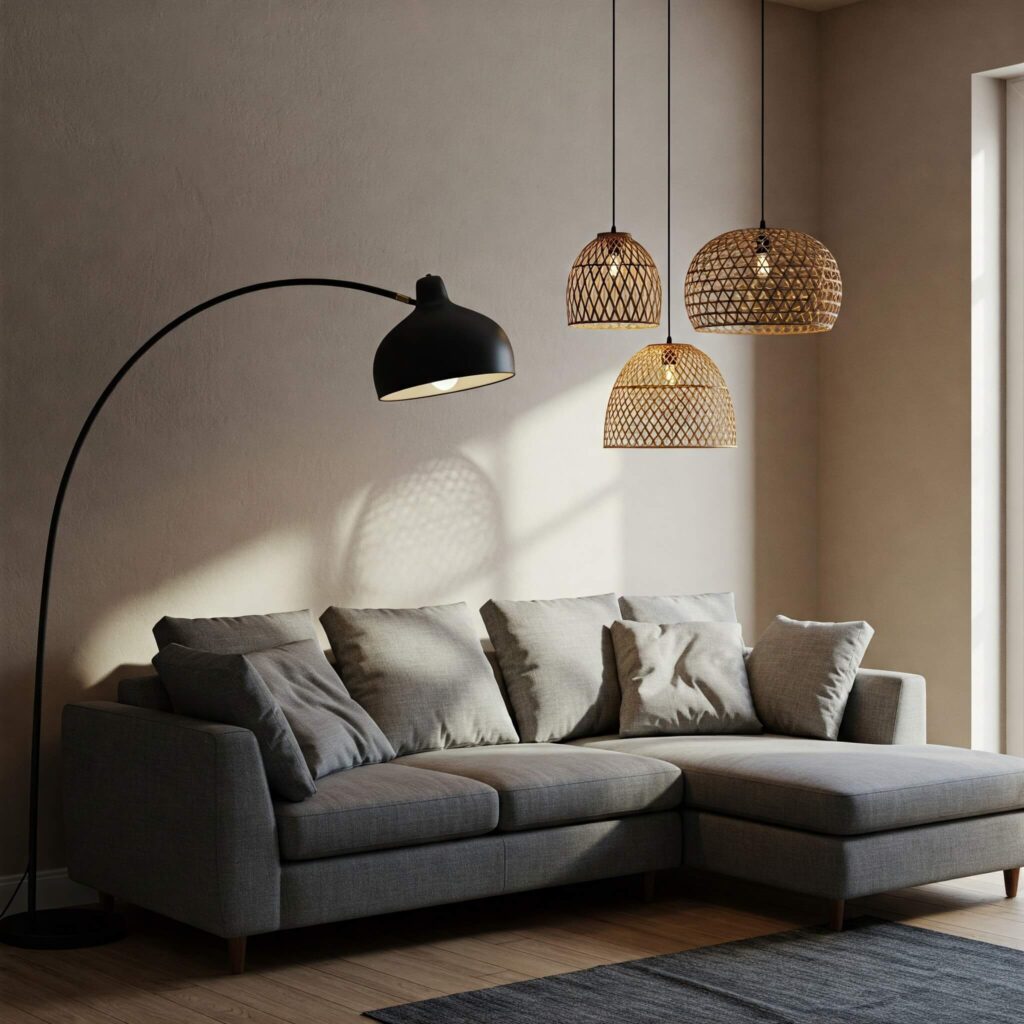
2. The Kitchen: Bright, But Not Blinding
You need to see what you’re doing (knives are involved), but that doesn’t mean clinical fluorescents.
The golden rules:
- Overhead: Recessed lighting or a large pendant over the island (try a black metal or rattan shade for warmth).
- Task lighting: Under-cabinet LED strips—game-changers for countertop visibility.
- Bonus: A small chandelier or mini pendants above the sink for personality.
Avoid: All-cool-white bulbs. They make food look sad.
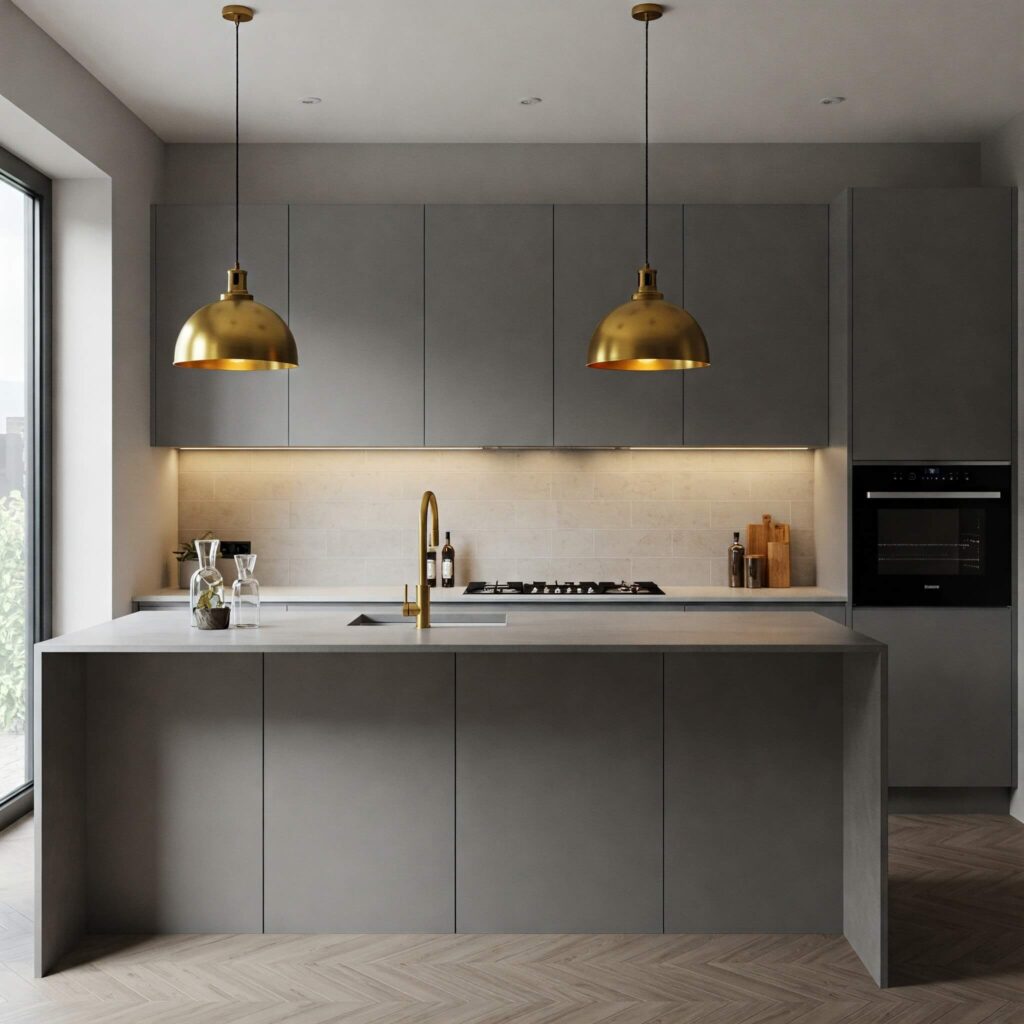
3. The Bedroom: Keep It Soft (But Functional)
This is your sanctuary, not an operating room. Lighting should whisper, not shout.
The mix:
- Bedside: Wall sconces or adjustable table lamps (no fumbling for switches).
- Overhead: A flush mount or small chandelier on a dimmer.
- Ambient: Plug-in wall lights or a floor lamp in the corner for lazy Sundays.
Steal this: Install sconces with swing arms—perfect for reading without glaring at your partner.
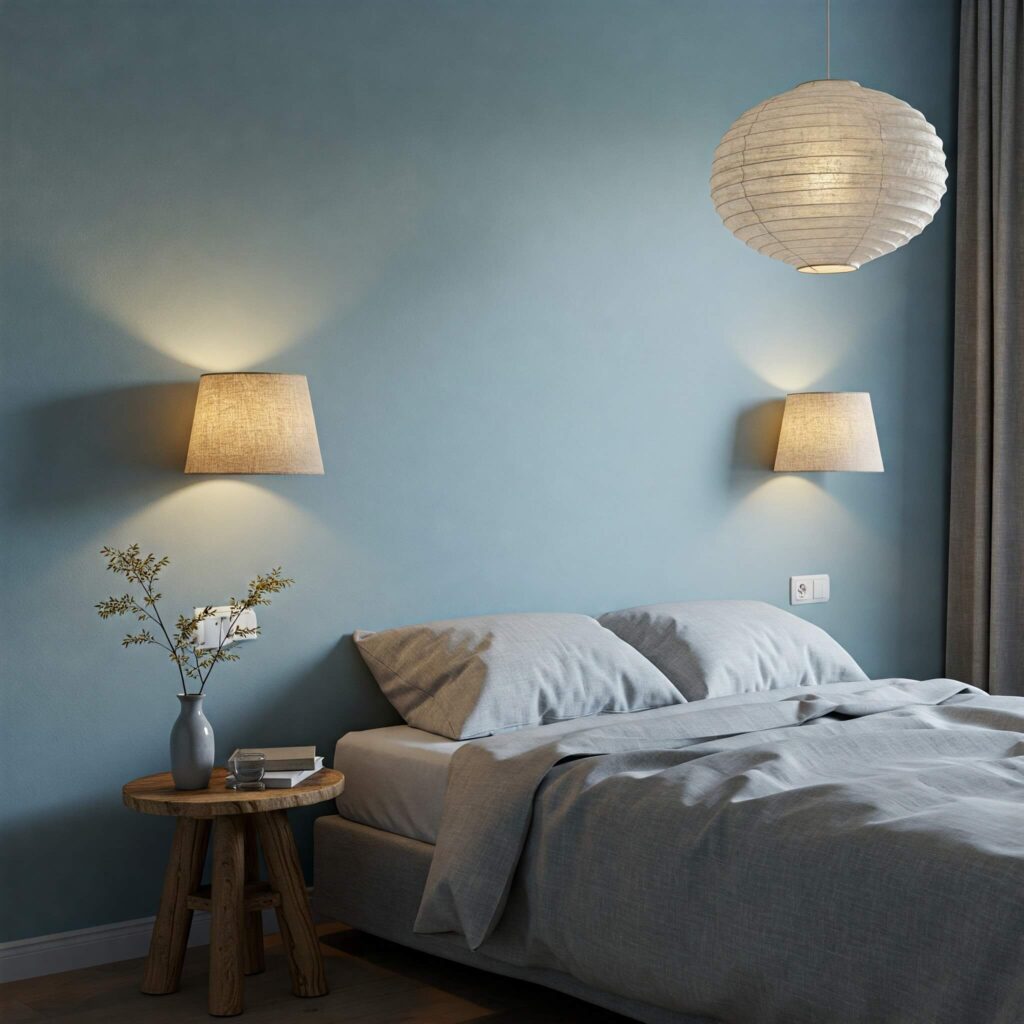
4. The Bathroom: Flattering & Fog-Proof
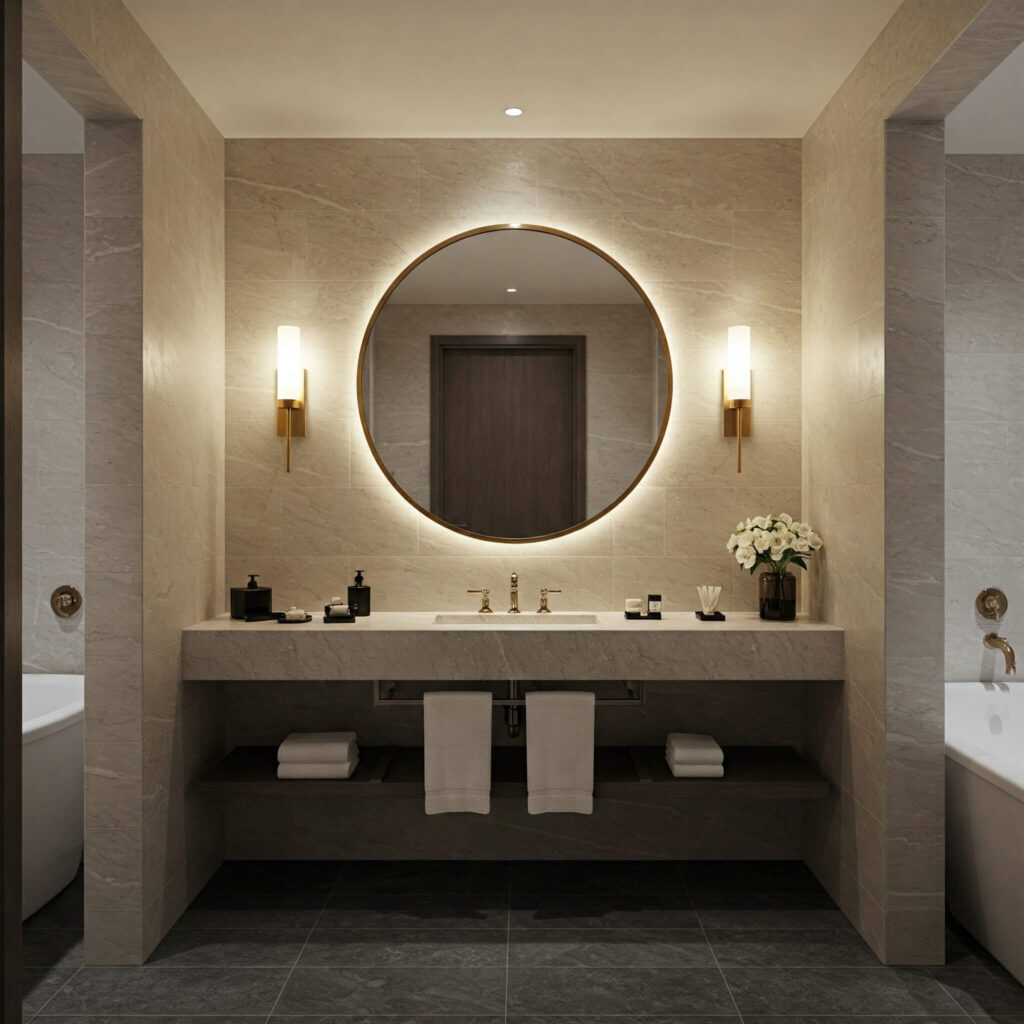
Bad bathroom lighting is a crime. It’s where you brush teeth, apply makeup, and assess life choices—clarity is key.
The essentials:
- Vanity: Two vertical sconces or a backlit mirror (no shadows).
- Overhead: Waterproof recessed lights or a moisture-resistant flush mount.
- Ambient: A small LED nightlight for 3 a.m. trips.
Skip: Anything that casts unflattering shadows (looking at you, single overhead bulb).
5. The Home Office: Focus, Don’t Fatigue
Staring at screens all day? Your lighting can ease eye strain or make it worse.
The fix:
- Desk lamp: Adjustable, with warm-to-cool color settings.
- Overhead: A semi-flush mount or track lighting to avoid glare.
- Natural light: Position your desk near a window, but add sheer curtains to diffuse harsh sun.
Pro move: Smart bulbs that adjust color temperature with the time of day.
6. The Dining Room: Set the Mood
Dinner parties or Tuesday tacos—lighting here sets the vibe.
The strategy:
- Statement pendant over the table (30–36 inches above it).
- Dimmer switch: For switching from “family breakfast” to “date night.”
- Bonus: A buffet lamp or candlelight for extra warmth.
Avoid: Fixtures that block eye contact across the table (oversized chandeliers, we’re side-eyeing you).
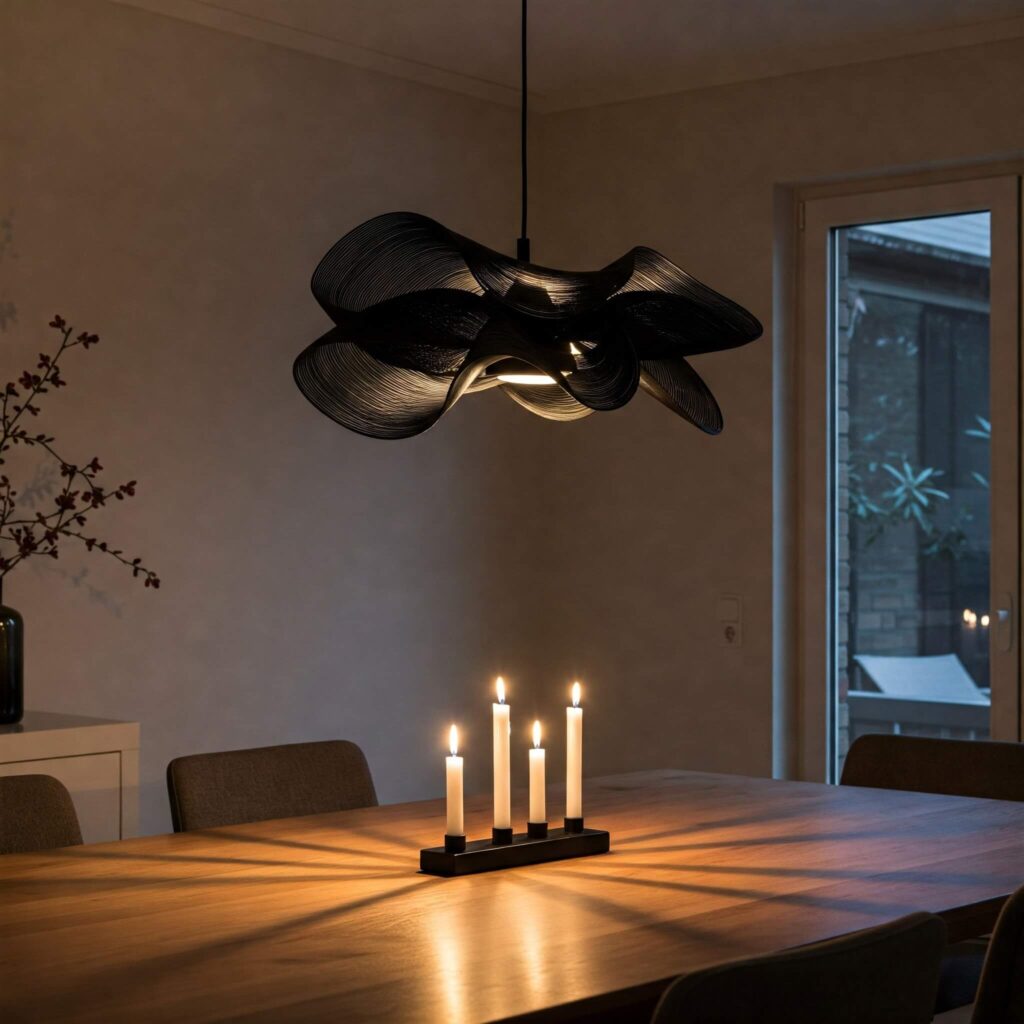
7. The Entryway: First Impressions Matter
This tiny space does heavy lifting. Lighting should say, “Welcome,” not, “Abandon hope.”
Quick wins:
- A bold pendant or mini chandelier (small but mighty).
- Wall sconces if space is tight.
- Mirror trick: Place a lamp near a mirror to double the light.
Steal this: Smart bulbs on a timer—no more coming home to a dark foyer.
Conclusion: Light It Right, Live It Better
Lighting isn’t just practical—it’s emotional. The right glow can make a room feel bigger, cozier, or more energizing. So ditch the “one bulb and done” approach. Layer it. Dim it. Play with it.
Final tip: Always test bulb color temperatures (2700K–3000K = warm, 4000K+ = cool). Your eyes (and Instagram pics) will thank you.
